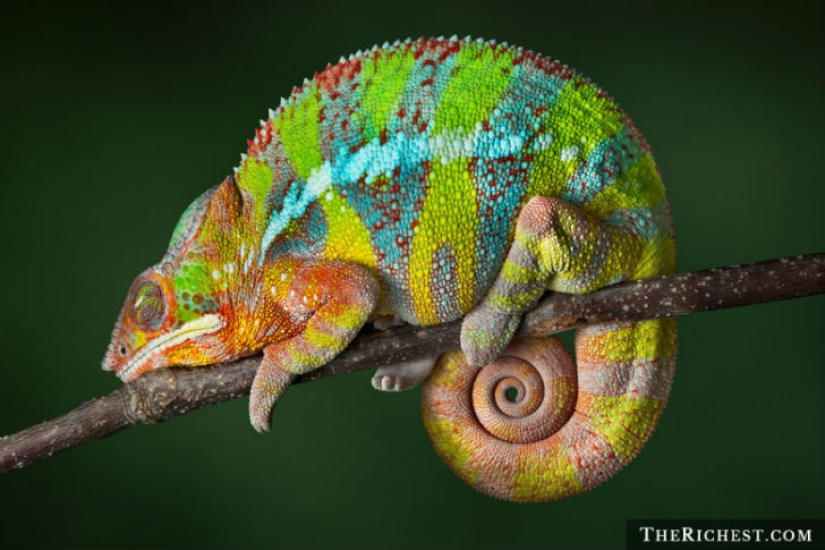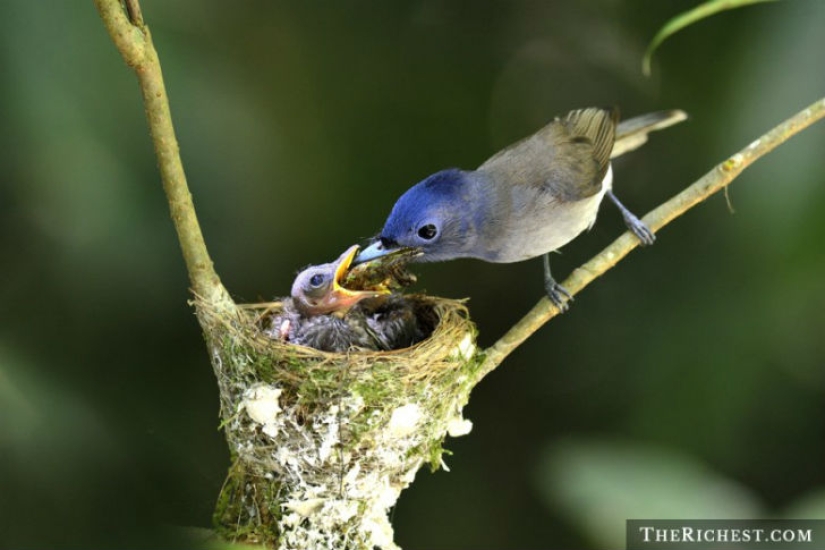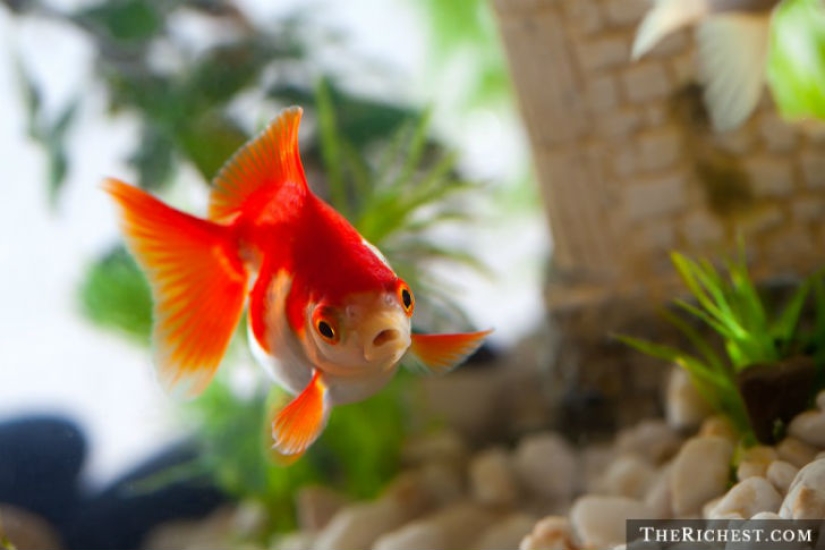10 facts that you thought were scientifically proven, but they turned out to be untrue
Have you ever wondered how much truth there is in what you have been told since childhood? Some statements are repeated so often that sooner or later they are perceived by everyone as indisputable facts. And it turns out that this is not the case at all. Let's check: what is the highest mountain in the world? If you named Everest or Kilimanjaro, then it's not quite right. Mount Everest is the highest, if you count from the foot to the top, and in fact the highest is Mount Mauna Kea in Hawaii - if you take into account the entire height, including what is below sea level.

Surprised? Then see nine more generally accepted facts that turned out to be lies.

Chameleons do not need to change their color at all, their natural color is already ideal for camouflage. In fact, this is how they react to physical, emotional or mental changes. They also change color to communicate, or react to light or temperature.

You've probably heard it in kindergarten or school. This also includes the "fact" that if you swallow a watermelon seed, then a watermelon will grow in your stomach. The most interesting thing is that many people have grown up with a firm belief that chewing gum will really stick somewhere to the walls of the stomach for as long as seven years if swallowed. Don't be afraid, these are all children's horror stories. Chewing gum takes exactly the same amount of time to digest as the rest of the products.

We all remember how in biology lessons we were told that bats use echolocation to navigate in space. Bats have vision, and larger species rely more on sight than on echolocation. And yes, do not forget about night vision.

Wait, don't get so excited. Although this is a misconception, excessive alcohol consumption still harms the brain. Alcohol damages dendrites — short branching processes of a neuron that conduct nerve impulses to the body of a neuron. And it is treatable.

Surely you thought as a child that mother birds would abandon their chicks after catching the smell of a person on it. Birds have a poorly developed sense of smell, and if you suddenly saw a chick on the ground, then most likely he fell out of the nest, learning to fly, and his mother is watching him closely.

Another common misconception. According to NASA, the probability that lightning will strike the same place twice is 45%, not zero at all. Lightning is looking for the shortest path to the ground, so that tall buildings and trees have the greatest chance of hitting.

In fact, even if a coin hits you in the head, you will only have a small bump, because the final speed is not enough to harm a person, and the coin itself is unstable from the point of view of aerodynamics due to its weight.

The poor fish have suffered from this stereotype for too long, it's time to put an end to their torment. The memory of aquarium fish can last up to five months. Of course, this does not make them geniuses, but some species of fish are comparable in intelligence to birds and other animals.

In fact, there are a lot more of them. Until now, however, the exact figure is unknown (somewhere around 20), but to vision, hearing, smell, taste and touch, for example, hunger and thirst need to be added. Also to this list should be added nociception (the ability to feel pain), proprioception (the ability to feel where our body parts are, with which we can connect our hands without seeing them), temperature and a sense of balance.
Recent articles

There are dolls very similar to living people. And there are so realistic that their appearance can only be explained by magic. ...

Japan is deservedly considered one of the safest countries in the world. Even organized crime there has a "human face" ...

Famous British photographer Bob Carlos Clarke was born in an Irish corps in 1950. In 1969 he moved to England to study art and ...